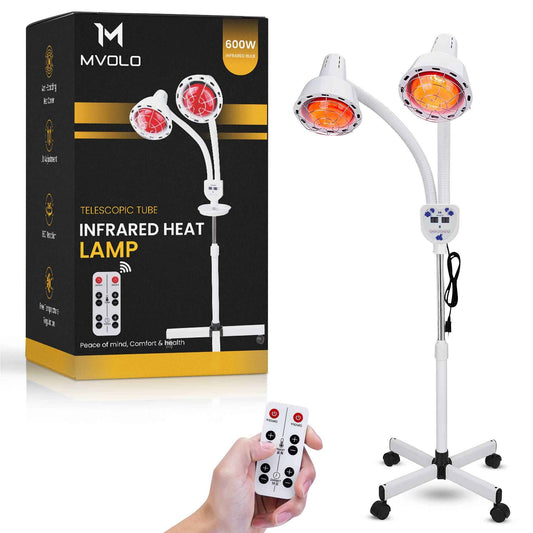Can Red Light Therapy Slow Parkinson’s Progression?
Deel
In previous blogs, we explored how red light therapy can contribute to cognitive health and its potential benefits for Alzheimer’s disease. Both conditions involve neurodegeneration, which is the progressive death of nerve cells in the brain. Parkinson’s disease, like Alzheimer’s, falls under this category and causes severe physical and mental challenges. In this blog, we delve into Parkinson’s disease, what it entails, and how red light therapy might help. We also refer to scientific studies and earlier insights into cognitive decline.
What is Parkinson’s Disease?
Parkinson’s disease is a progressive neurological disorder that affects the central nervous system. It is caused by the loss of dopamine-producing cells in the substantia nigra, a part of the brain responsible for motor control (JAMA Neurology, 2017). Symptoms include tremors, stiffness, slowness of movement, and cognitive problems such as memory loss and difficulty concentrating.
The Link Between Neurodegeneration and Red Light Therapy
Red light therapy works at the cellular level and may help improve mitochondrial function, which is essential for cell repair and energy production. This mechanism is particularly important in neurodegenerative conditions where cells are often damaged by oxidative stress and inflammation (Frontiers in Neuroscience, 2015). Previously, we discussed how red light therapy can improve blood flow to the brain and reduce inflammation in Alzheimer’s disease (Frontiers in Neurology, 2018).
How Can Red Light Therapy Help with Parkinson’s Disease?
Scientific studies suggest that red light therapy is a promising, non-invasive method to slow the progression of Parkinson’s disease and alleviate some symptoms:
-
Improved Mitochondrial Function: Mitochondria are the powerhouses of the cell and play a crucial role in cell repair. Research shows that red light therapy can enhance mitochondrial dysfunction, which is one of the causes of cell death in Parkinson’s disease (Heliyon, 2024).
-
Anti-Inflammatory Effects: Inflammation in the brain significantly contributes to the progression of Parkinson’s disease. Red light therapy can reduce inflammatory markers, helping to preserve brain function (Tandfonline, 2017).
-
Enhanced Motor Symptoms: Studies have demonstrated that applying red light to the brain can improve motor skills through neuroprotective effects (MDPI, 2020).
Practical Applications
For individuals with Parkinson’s disease, using a red light device like the Mvolo Elite series 306 may help improve their well-being. Regular and consistent use of red light therapy is crucial for optimal results. While it is not a cure, it can be a valuable addition to traditional treatments.
Research Highlights Promising Results
Scientific studies, such as those published in Frontiers in Neuroscience and other reputable journals, indicate that red light therapy is a safe and effective way to enhance the quality of life for individuals with Parkinson’s disease. This makes it an intriguing option for further research and use as a supportive therapy.
Conclusion
Parkinson’s disease is a complex and debilitating condition, but innovations like red light therapy offer hope. By supporting mitochondrial function, reducing inflammation, and potentially improving motor functions, red light therapy can play a valuable role in enhancing quality of life. For more insights into red light therapy and neurodegenerative conditions, read our blogs on cognitive decline and Alzheimer’s disease.






